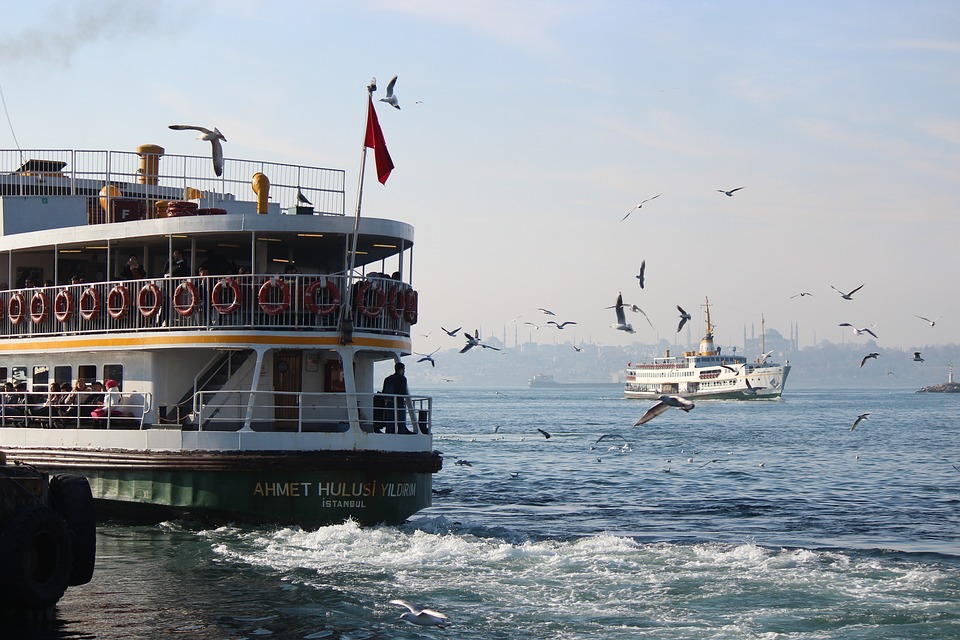
This article details key points for calculating 2025 clothing export tax rates, covering VAT refund rules, tariff calculation methods, free trade agreement application techniques, and pointing out common declaration errors to help foreign trade enterprises achieve compliance, cost reduction, and efficiency improvement.
6. How to establish a compliance risk control system?Calculating 2025 clothing export tax rates requires considering three dimensions:andVAT refund policiesandDestination country tariff ratesSpecial trade agreement preferences
- According to the latest announcement from the General Administration of Customs:VAT portion
- : Finished apparel products are eligible for 13% refund rate (knitted) or 9% refund rate (woven)Tariff portion
- : Need to check the latest import tax rates of target markets, such as 12.8% average rate for cotton clothing in the US, 18.3% for synthetic fibers:The RCEPAgreement preferences
1. What factors determine clothing export tax rates?
: Member countries can enjoy 3-8% tariff reductions, with the China-EU CAI agreement allowing 2-5 percentage point reductions
- Taking knitted sweaters with FOB price of 1 million yuan as an example:Input VAT
- : Purchase price including tax ÷ 1.13 × 13%Refundable tax amount
- : FOB price × refund rate (13%)
- Practical considerations:
- The 2023 adjusted export commodity codes still affect classification accuracy
2. How to accurately calculate VAT refunds?
Special attention required in 2025:
- Fabric/material composition ratios determine refund gradients (cotton content >85% qualifies for higher refund rates)CBAM is) isChemical fiber clothing requires carbon emission data declaration
- US Section 301Category 4A clothing items still maintain a 7.5% additional tax
- UK UKCA certificationChildrens clothing requires additional safety testing costs
3. What are the new changes in cross-border tariff calculations?
Taking export to Vietnam as an example:
- Rules of OriginMust meet regional value content ≥40%
- Certificate applicationNew version RCEP certificates must be declared through the International Trade Single Window
- Accumulation rulesChina-Japan-Korea fabrics can be combined to calculate origin components
4. How to maximize the use of free trade agreements?
Recent customs audit cases show:
- Incorrect commodity classificationBodysuits were mistakenly classified under tops category
- Undisclosed additional feesUndeclared overseas warehouse secondary processing costs
- Incomplete documentationMissing special VAT invoices for fabric and accessory purchases
5. What are common declaration errors?
The following measures are recommended:
- Establish a commodity databaseRecord material composition ratio and processing procedures for each clothing item
- Dynamic tracking mechanismSubscribe to the General Administration of Customs tariff research conference bulletins
- Third-party auditConduct annual AEO certification compliance checks


 Follow Customer Service WeChat
Follow Customer Service WeChat